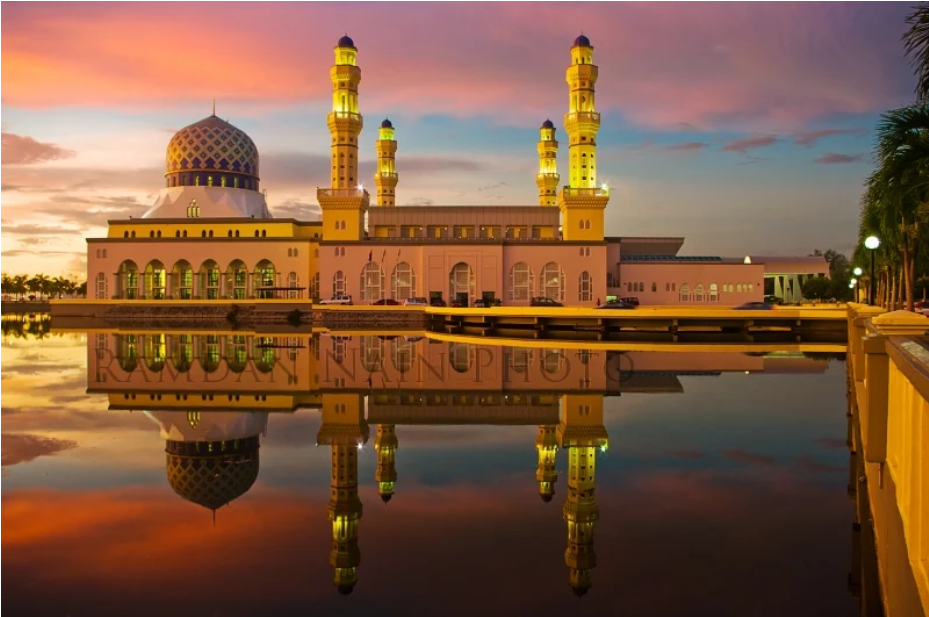KOTA KINABALU, 20 November: Sabah is set to achieve its 3 million target for visitor arrivals, with two new additional flights by AirAsia serving direct connectivity from Shantou and Kaohsiung to Kota Kinabalu introduced at the weekend.
Sabah received passengers from Shantou, followed by Kaohsiung the next day with a healthy load. Both flights were greeted with a water salute ceremony, marking their inaugural landing at Kota Kinabalu International Airport (KKIA).

More flights connect Sabah to tourism markets.
Shantou becomes the 9th city in China to establish direct flights to Kota Kinabalu, joining Shanghai, Guangzhou, Hong Kong, Shenzhen, Hangzhou, Wuhan, Beijing and Kunming. This new route will operate three times a week, bringing the total number of weekly direct flights from China to Kota Kinabalu to 55.
The commencement of the Kaohsiung direct flight to Kota Kinabalu will be the second Taiwan city connected to Sabah after Taipei, also operated by AirAsia (AK).
Minister of Tourism, Culture, and Environment Datuk Seri Panglima Christina Liew welcomed both flights to Sabah and thanked AirAsia for its consistent partnership in making Sabah more accessible to international travellers.
Liew said that the Shantou route aligns with Sabah’s efforts to diversify and expand its tourism market to second — and third-tier cities in China.
“The launch of Shantou flight will potentially attract more tourists from neighbouring cities as well, such as Chaozhou, Huizhou, Meizhou, Xiamen, Shanwei, and Quanzhou, which have a combined population of over 31.4 million in Southern China,” she said.
Liew said that the Kaohsiung-Kota Kinabalu direct flight connects more tourists from southern Taiwan to Sabah. “This creates an opportunity to attract tourists from nearby cities like Tainan, Pingtung, and Yunlin,” she added.
In July, Sabah announced a strategic five-year partnership with AirAsia to enhance its tourism industry. This collaboration will involve closer cooperation between the airline and Sabah Tourism to develop Kota Kinabalu International Airport into a regional aviation hub.
Sabah Tourism Board Chief Executive Officer Julinus Jeffery Jimit, highlighted that Sabah’s rich nature and cultural diversity allow for various travel experiences.
“Increasing accessibility to Sabah supports our goal of making tourism a key driver of success in the Sabah Maju Jaya plan. At the same time, this aligns with our efforts to gear up towards Visit Malaysia Year, set to take place in 2026,” said Julinus.
For more information on Sabah, visit: https://sabahtourism.com/







